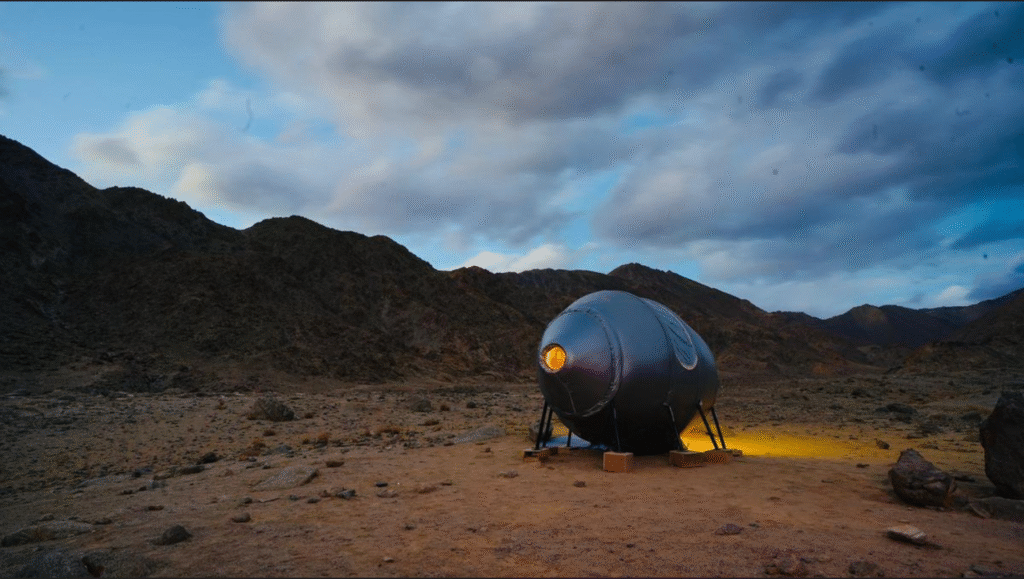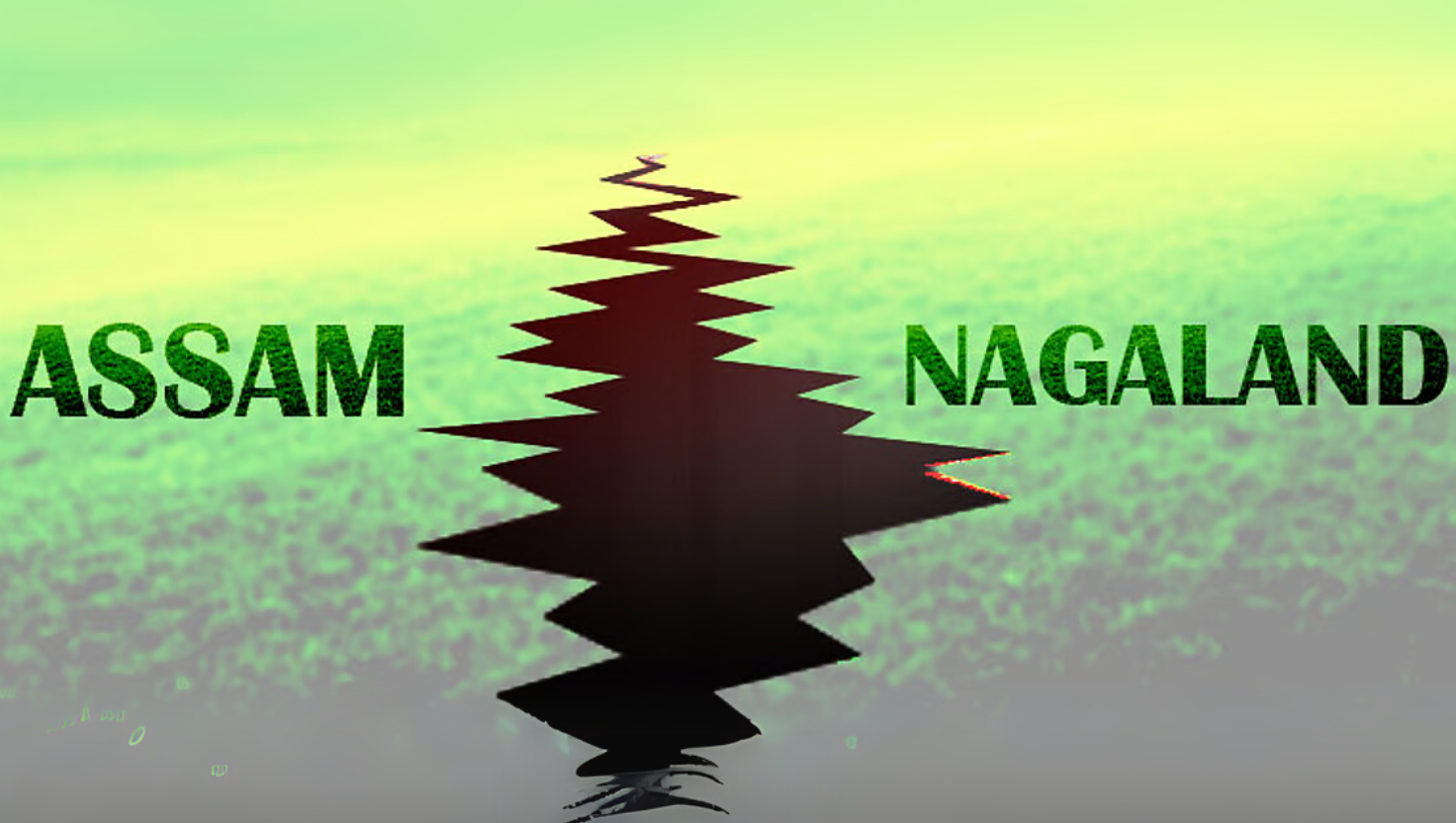Human Outer Planetary Exploration (HOPE) Station Simulates Space Conditions in Ladakh
Source: The Hindu
Syllabus: Science and Technology, Space Technology (UPSC GS III)
Context:
A Bengaluru-based space outreach firm, Protoplanet, in collaboration with ISRO, has launched the Human Outer Planetary Exploration (HOPE) station in Ladakh’s Tso Kar basin, designed to simulate lunar and Martian conditions.
What is HOPE?
- HOPE is India’s first moon and Mars analogue habitat, built at high altitude to mimic off-Earth terrain and atmosphere.
- Located in the cold desert region of Tso Kar, Ladakh, the station will study human adaptability to extraterrestrial environments.
Project Developers:
- Lead Organisation: Protoplanet (Bengaluru)
- Support: Technical and financial backing from ISRO
Key Objectives:
- Study psychological, physiological, and epigenetic responses in extreme isolation.
- Generate data to aid India’s future crewed space missions, including:
- A planned space station by 2035
- A crewed lunar mission by 2040
Notable Features:
- Two scientists will undergo 10-day isolation to simulate deep space confinement.
- Experiments include:
- Mental health and stress under isolation
- Biological adaptation and circadian rhythm studies
- Space mission planning in simulated terrain
- ISRO assisted in crew selection and habitat design.
Significance:
- First of its kind in India, HOPE joins global analog research hubs in the US, Canada, and Russia.
- Strengthens India’s capabilities for interplanetary exploration and supports Gaganyaan and Bharatiya Antariksh Station missions.
- Promotes indigenous space R&D and international collaboration in analog habitat research.











